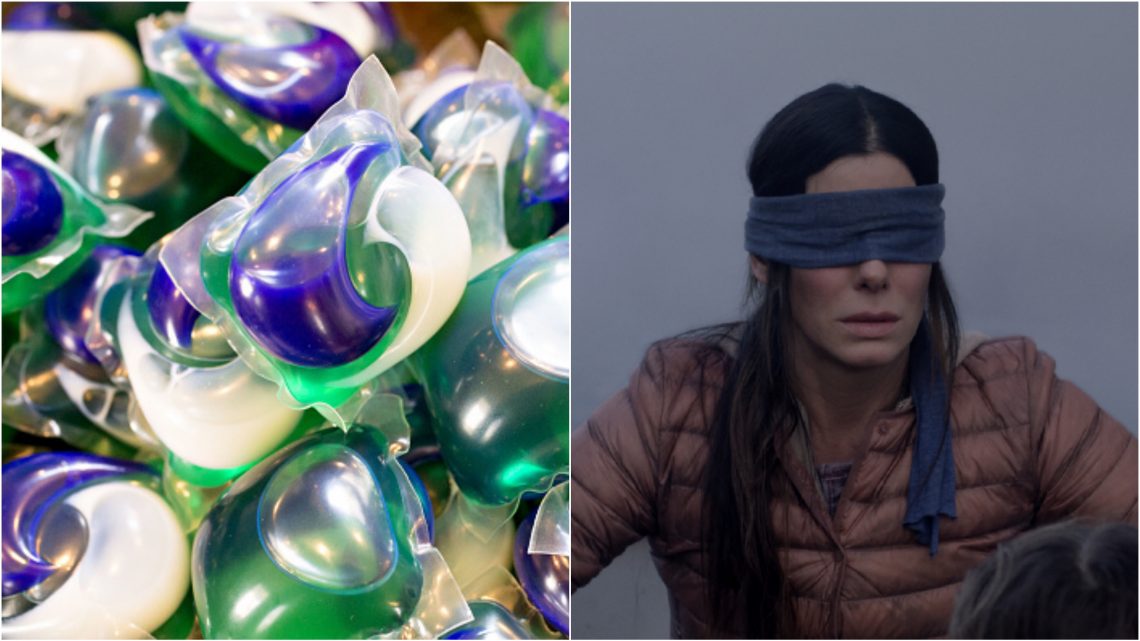
How YouTube’s Ban on Dangerous Stunts Will Affect Creators
January 16, 2019In response to viral internet dares like the Bird Box and Tide Pod challenges, YouTube has updated its content guidelines to ban videos of people doing dangerous shit for the views.
Officially, “challenges that present an apparent risk of death are not allowed on YouTube,” according to the platform’s updated policy. The guidelines also take a stronger stance on protecting children, prohibiting videos that emotionally or physically endanger kids.
YouTube is pointing to a spate of internet challenges-gone-wrong as the impetus for the new policy. On January 7, a Utah teenager decided to participate in the Bird Box challenge by blindfolding herself while driving and predictably crashed her car.
In early 2018, the internet collectively lost it over the Tide Pod challenge, which dared participants to eat toxic detergent pods. YouTube quickly began removing videos of teens appearing to consume the pods, but in January 2018 alone, the American Association of Poison Control Centers (AAPCC) reported 86 poisonings related to the challenge.
Even seemingly innocuous challenges have faced scrutiny for encouraging risky behavior. The Kiki challenge, where participants jump out of a moving car and dance to Drake’s song “In My Feelings,” landed at least one teen in the hospital last summer.
Videos of people pulling risky, stupid stunts are arguably the bread and butter of YouTube stardom. DIY daredevils like the Jackass crew paved the way for legions of adrenaline seekers, but when stunts go wrong, the consequences can be deadly.
In 2017, YouTuber Jay Swingler went viral when he cemented his head inside a microwave and almost died. VICE reached out to Swingler for his take on the updated YouTube policies, and through a representative, he explained how the near-death experience changed his approach: “Stunts since then have had a health and safety officer review the set, who would stay for filming to ensure the safety of those involved.”
YouTube says the updated guidelines come from creators asking for more clarity around what pranks are permissible. The platform also told VICE that it regularly consults with outside experts, like ER doctors and child psychologists, to develop its guidelines and strike a balance between creative freedom and protecting users. “We routinely review and update our enforcement guidelines to make sure they’re consistent and appropriately address emerging trends,” a YouTube spokesperson says.
According to Irina Raicu, the director of the Internet Ethics Program at Santa Clara University's Markkula Center for Applied Ethics, the impact of YouTube’s new policies will largely depend on how the rules are interpreted and applied to particular videos. “The pendulum is swinging away from companies's early position that they should not be the arbiters of what gets published,” Raicu tells VICE. “It may swing too far the other way before it settles, but it's good to see companies try to keep up with changing norms and with shifts in the kind of materials that they host. That's what practical wisdom requires.”
Sign up for our newsletter to get the best of VICE delivered to your inbox daily.
Follow Kara Weisenstein on Twitter.


